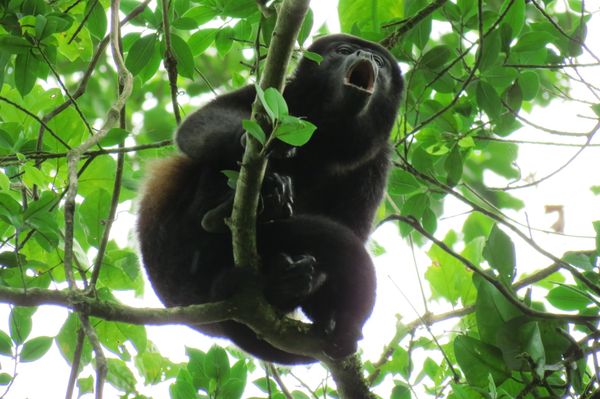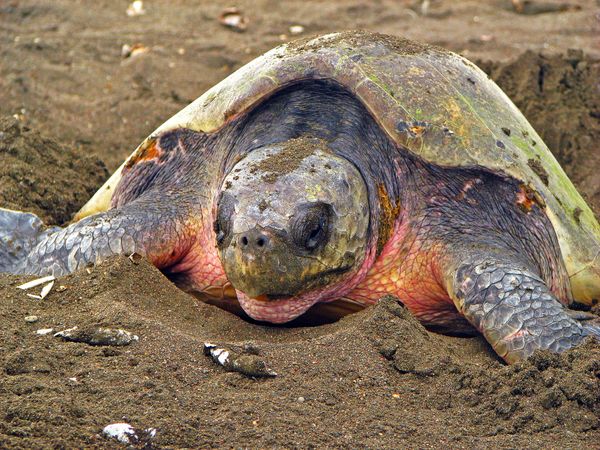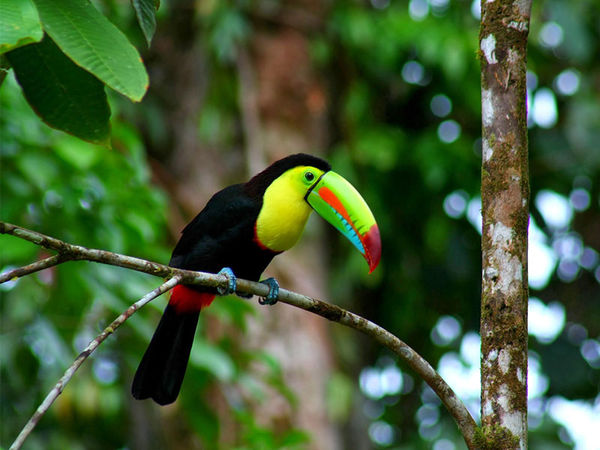Wildlife
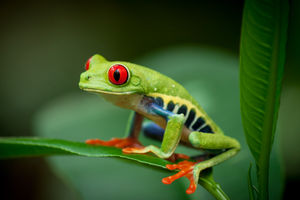


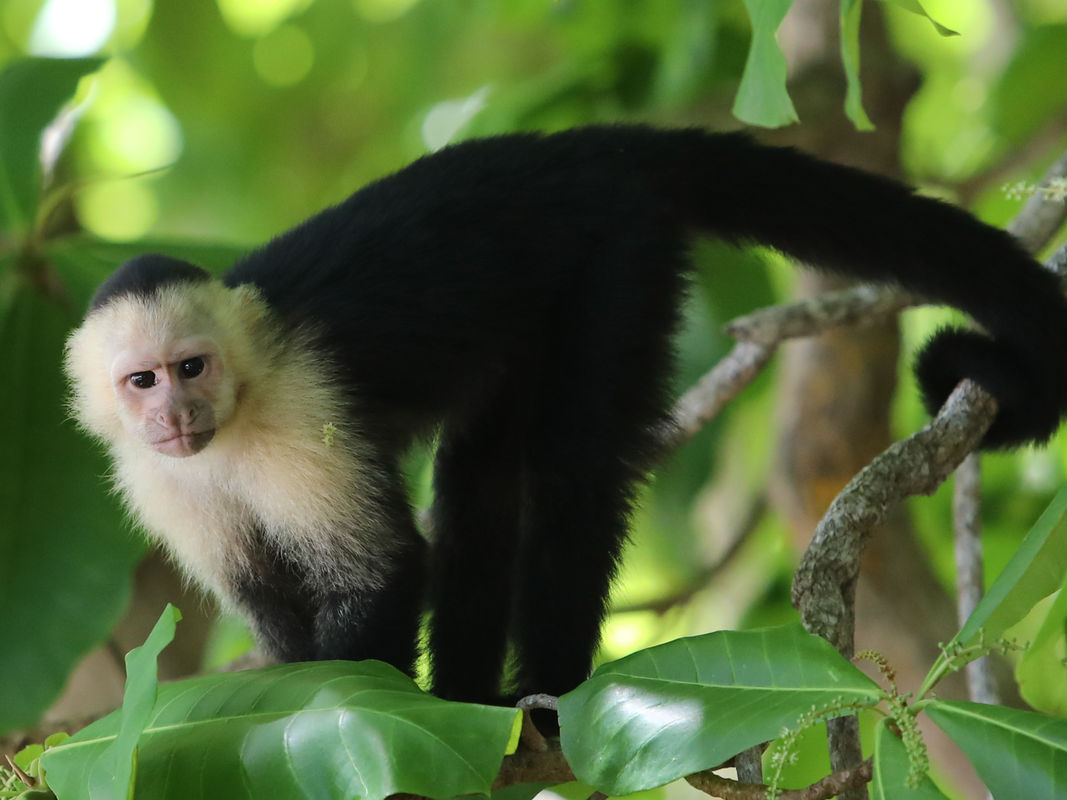
The variety of landscapes and microclimates in this relatively small country provide home to a huge diversity of species. The network of National Parks, Reserves and Refuges cover 25% of the country's territory and provide an excellent opportunity to see wildlife in their many different natural habitats.
The rainforest floor provides home to tapir, peccaries, deer and agoutis. Monkeys and sloths conceal themselves in the rainforest canopy. Wild cats such as Jaguar, Puma and Margay are native to Costa Rica but as they are nocturnal sightings are rare. Other inhabitants of the rainforest floor include the mesmerizing leaf-cutter ants, enchanting butterflies such as the Blue Morpho and Owl Eye, the bright yellow eyelash viper snake and countless beetles, grasshoppers, centipedes and millipedes. A guided night hike through the forest may bring sightings of frogs, bats, scorpions, kinkajous and armadillos.

Caimans and crocodiles can be found lurking in rivers and lagoons and Atlantic Green Turtles come ashore between July and October to lay their eggs on the beaches at Tortuguero on the northern Caribbean coast. On the Southern Pacific coastline dolphins can be found and humpback whales migrate along the coastline from Alaska and Antarctic at different times of the year.
In the Caribbean lowland rainforest poison dart frogs such as the Strawberry, Blue Jeans frog and the Green and Black Poison Dart Frogs are commonly seen particularly after rain showers, other species of poison dart frog can be seen in the rainforests of the Osa Peninsula. The iconic Red-Eyed Tree Frogs are nocturnal and come down from the canopy at the beginning of the rainy season to lay eggs (May and June) and can be more easily spotted during this time.
Birds




Costa Rica is a birdwatcher's paradise, over 850 species of bird have been recorded. Experts and novices alike can enjoy the birdlife as colourful tropical birds such as toucans, tanagers and motmots are highly visible in tropical landscaped gardens and the rainforests. Many lodges have onsite trails and expert guides that will help spot the more elusive birds.
The cloud forests of Monteverde region, San Gerardo de Dota and Bajas del Toro are rich with bird species and are ideal places to spot the many species of hummingbird including the Violet Sabrewing, Green Crowned Brilliant and Purple Throated Mountain Gem. Trogons can be seen in the cloud forests including the Resplendent Quetzal and Blue Crowned Motmots, Montezumas Oropendulas and Black Guans.

Look out for Boat-Billed heron, Yellow Crowned Night Herons and Amazon Kingfishers by lagoons, rivers, mangroves and wetlands. Magnificent Frigates and Brown Pelicans can be seen on the coast.
The endangered Scarlet Macaw and Green Macaw can be found in certain areas, their beautiful colours flashing against the green of the rainforest.

